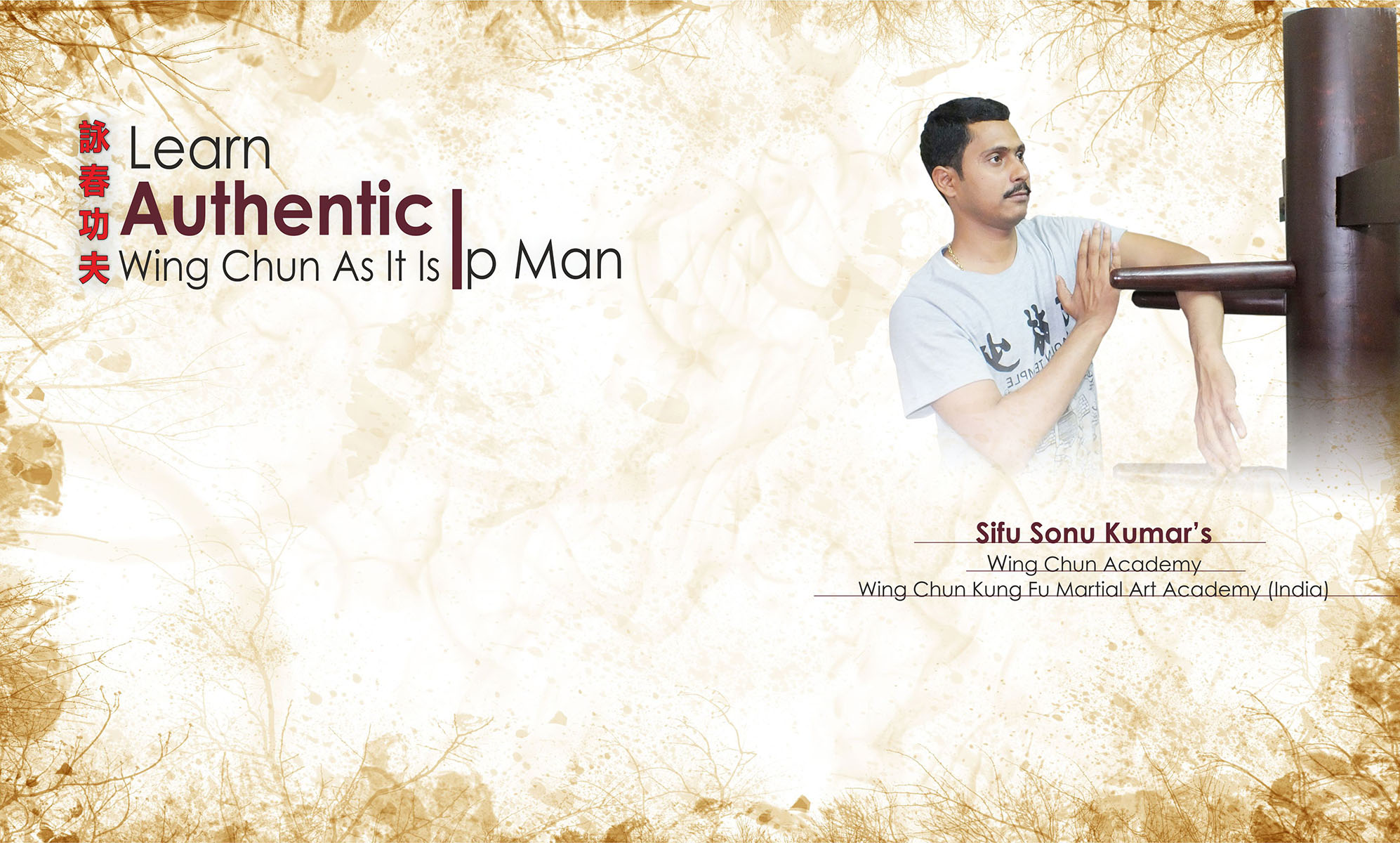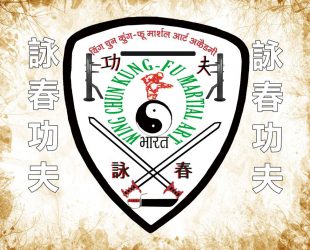Traditional Chinese martial arts, commonly known as kung fu (功夫) or wushu (武术), represent a vast and intricate system of combat practices that have developed over thousands of years in China. These martial arts are not only a means of self-defense but also embody a profound cultural philosophy that integrates health, spirituality, and discipline. They are an essential part of China’s intangible cultural heritage, reflecting the country’s history, values, and aesthetic ideals.
Historical Roots
The origins of Chinese martial arts date back to ancient times, with references found as early as the Xia and Shang dynasties (c. 2100–1046 BCE). Initially developed as techniques for hunting and military training, martial arts evolved alongside Chinese society. By the time of the Zhou Dynasty (1046–256 BCE), martial skills were systematized and taught formally to soldiers.
The influence of Daoism, Confucianism, and Buddhism—particularly Zen Buddhism after its arrival from India—added philosophical depth to the practice. Martial arts became not just a physical discipline, but a path to self-cultivation and enlightenment.
Styles and Classifications
Traditional Chinese martial arts encompass hundreds of styles, which are typically classified in several ways:
- Internal vs. External:
Internal styles (e.g., Tai Chi, Bagua Zhang, and Xing Yi Quan) emphasize slow movements, internal energy (qi), breathing, and mental focus. External styles (e.g., Shaolin Kung Fu, Hung Gar) stress speed, strength, and explosive techniques. - Northern vs. Southern:
Northern styles (e.g., Northern Shaolin) are known for high kicks and acrobatics, while Southern styles (e.g., Wing Chun, Choy Li Fut) focus on stable stances and close-range combat. - Animal-Inspired Forms:
Many styles mimic the movements and strategies of animals, such as Tiger, Crane, Snake, and Monkey styles, each reflecting different combat principles.
Shaolin Temple and Monastic Influence
The Shaolin Temple in Henan Province is arguably the most famous symbol of Chinese martial arts. Established in the 5th century CE, it became a center where monks practiced a unique fusion of Chan (Zen) Buddhism and martial techniques. The monks developed a sophisticated combat system for self-defense and meditation, which later influenced countless styles throughout China.
Philosophy and Ethics
At the heart of traditional Chinese martial arts is a code of ethics known as wu de (武德), or “martial virtue.” Practitioners are expected to demonstrate humility, respect, loyalty, and integrity. The aim is not to defeat others but to master oneself. Training is often as much about character building and self-discipline as it is about physical ability.
The principles of Yin and Yang, balance, and the flow of qi are deeply embedded in martial philosophy. Movements are often designed to harmonize the body with nature, and practice is seen as a lifelong journey toward harmony and inner peace.
Cultural Impact and Modern Practice
Chinese martial arts have had a profound impact on global culture, particularly through film and literature. Icons like Bruce Lee, Jackie Chan, and Jet Li brought kung fu to international audiences, inspiring generations to explore its disciplines.
Today, traditional martial arts are practiced for various purposes—self-defense, health, competition, and spiritual growth. While modern wushu has evolved as a performance sport with standardized routines, traditional schools (or kwoons) continue to preserve ancient lineages and teaching methods.
Conclusion
Traditional Chinese martial arts are more than a means of combat; they are a holistic discipline encompassing physical health, mental focus, ethical conduct, and cultural expression. They serve as a bridge connecting the past to the present, and they continue to evolve while maintaining their roots in ancient wisdom. In a rapidly modernizing world, these arts offer a timeless path to balance, strength, and inner peace.
Thanks for Reading!
Sifu Sonu Kumar

